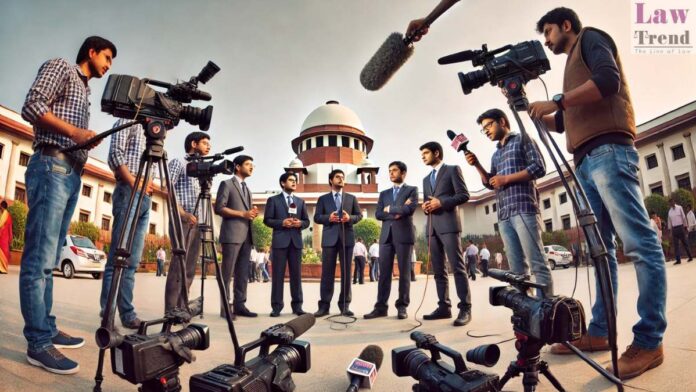In an effort to make the judiciary more accessible to the public, Chief Justice DY Chandrachud of the Supreme Court of India has announced a significant change in the accreditation requirements for journalists covering the court. The previous mandate for a law degree has been abolished, opening the door for a broader spectrum of journalists to report on legal proceedings.
Chief Justice Chandrachud commented on the new policy, “We’re expanding the number of accredited correspondents at the Supreme Court. There was an existing condition that required a law degree, which we found unnecessary and have decided to eliminate.”
This move is accompanied by additional benefits for journalists, including access to parking facilities on the Supreme Court premises, simplifying logistics for those covering key judicial decisions.
A Broader Vision: CJI Chandrachud’s Reforms
Since his appointment on November 9, 2022, CJI Chandrachud has been at the forefront of several judicial reforms:
1. Full Judicial Bench: Ensuring the Supreme Court operates at its full capacity of 34 judges consistently, which includes recent additions to the bench.
2. Hybrid Hearings: The introduction of a system combining virtual and in-person hearings, improving the court’s efficiency.
3. Structured Case Listings: An overhauled listing system ensures specific types of cases, like bail applications and transfer petitions, are handled promptly daily.
4. Specialized Case Days: Assigning different days to specific case types to streamline hearings.
5. Digital Initiatives: A push towards digital transformation with thousands of new cases being filed electronically, facilitating a smoother case management process.
6. Efficient Petition Handling: The digital processing of thousands of petitions monthly, improving response times and accessibility.
7. Enhanced Transparency: Public access to case details through the National Judicial Data Grid (NJDG) portal, promoting transparency.
8. Inclusivity Measures: Initiatives such as the introduction of a handbook on combating gender stereotypes and the creation of universal restrooms, promoting a more inclusive environment within the Supreme Court premises.
The recent decision to ease accreditation requirements for journalists is a clear manifestation of Chief Justice Chandrachud’s overarching goal to render the judiciary more inclusive and transparent.




